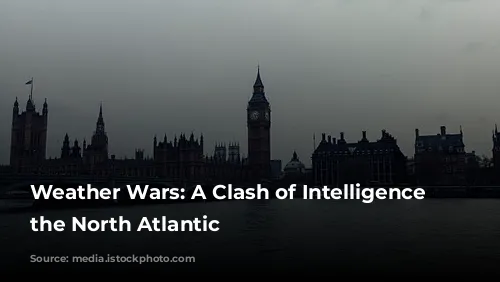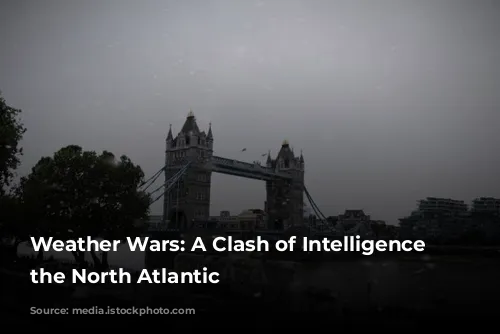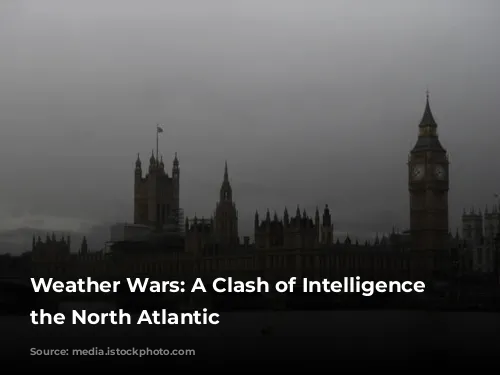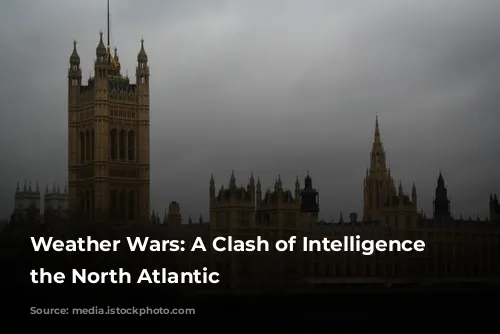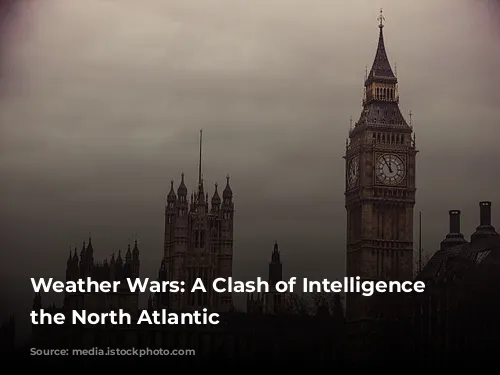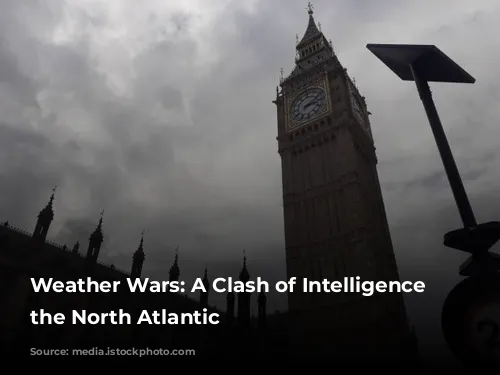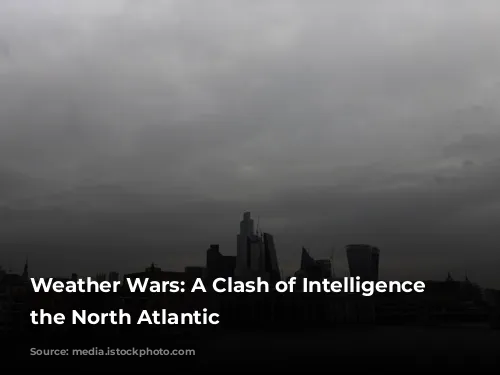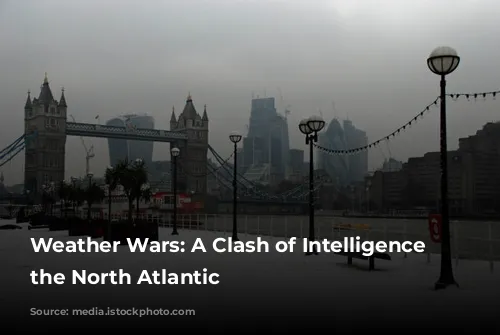World War II was a global conflict, and its battlefields extended far beyond the land. The North Atlantic became a critical theatre, where the Allies and Germany clashed not just for territory, but for something far more crucial: meteorological intelligence. This was more than just knowing if it would rain; it was about gaining a tactical advantage in a war fought across vast distances.
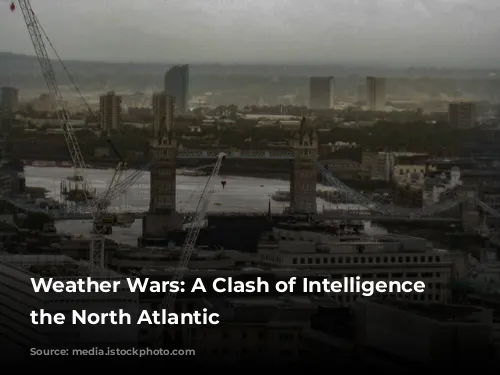
Meteorological Intelligence: A Powerful Weapon
Imagine a world where the weather could dictate the success or failure of a military operation. During World War II, this was very much the reality. Meteorological data became a powerful weapon, determining everything from the timing of D-Day, the routing of convoys, and the success of bombing raids. The Allies, particularly Britain, and Germany engaged in a desperate struggle to control the weather information flowing across the North Atlantic and Arctic oceans.
Visibility was critical for photographic reconnaissance and bombing missions, while concealment was equally crucial for keeping ship movements secret and suppressing enemy air activity. The weather played a pivotal role in the strategic decisions of both sides, making it a highly sought-after resource.

A Race to Control the Skies
The United States, despite being officially neutral at the beginning of the war, understood the importance of meteorological intelligence. They initiated the Atlantic Weather Observation Service in 1940, deploying Coast Guard cutters to collect weather data in the vast expanse of the Atlantic. These cutters, armed with guns and depth charges, were constantly vulnerable to German U-boats, demonstrating the perilous nature of this mission.
As the war intensified, the focus shifted to the Arctic, where the flying of fighter aircraft between North America, Greenland, and Iceland necessitated even more weather data. Both the United Kingdom and the United States deployed weather ships, expanding their network across the North Atlantic. These ships, equipped with sophisticated instruments, provided crucial information about surface weather conditions, upper air temperatures, and wind patterns.

The Germans’ Hidden Strategy
While the Allies established extensive networks, the Germans had their own, albeit more clandestine approach. They employed weather ships equipped with Enigma machines, their infamous code-making device. Their radio reports, however, exposed their locations to the British High-frequency direction finding system. The captured Enigma codes, along with the intercepted weather reports, provided invaluable intelligence to the British cryptanalysts at Bletchley Park.
Harry Hinsley, a renowned British codebreaker, devised daring plans to seize Enigma machines and codes from the German weather ships. The successful raids on Munchen and Lauenburg, two German weather ships, yielded crucial insights into German naval codes, aiding the Allied efforts in the Battle of the Atlantic.
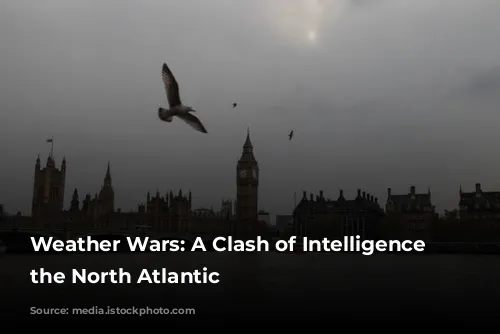
A Land-Based Battleground
The contest for weather intelligence wasn’t limited to the sea. The Germans, hampered by their continental location, attempted to establish land-based weather stations in strategic locations like Spitsbergen and even on Allied-held shores, like the automated Weather Station Kurt in Labrador.
Despite these efforts, the Allies held a significant advantage, controlling key islands like Newfoundland, Greenland, Iceland, and Great Britain, which lay in the path of prevailing weather patterns. This allowed them to track weather fronts as they moved eastward across the Atlantic. The Germans, with their scattered and vulnerable observation stations, were at a considerable disadvantage.
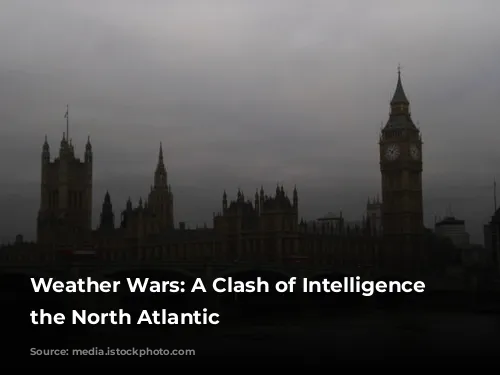
The Importance of Weather Intelligence
The Battle for Meteorological Intelligence was a critical subplot of World War II, showcasing the strategic importance of weather information. The Allies, through their extensive networks and advanced decryption capabilities, gained a significant edge, influencing key military operations and ultimately contributing to their victory. This period underlines how crucial weather intelligence remains in modern warfare, with its influence extending far beyond the battlefield.

